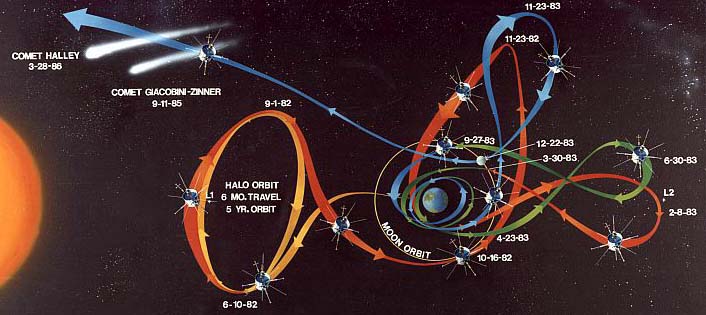What is classical mechanics?
Classical mechanics is the study of the motion of bodies (including the special case in which bodies remain at rest) in accordance with the general principles first enunciated by Sir Isaac Newton in his Philosophiae Naturalis Principia Mathematica (1687), commonly known as the Principia. Classical mechanics was the first branch of Physics to be discovered, and is the foundation upon which all other branches of Physics are built. Moreover, classical mechanics has many important applications in other areas of science, such as Astronomy (e.g., celestial mechanics), Chemistry (e.g., the dynamics of molecular collisions), Geology (e.g., the propagation of seismic waves, generated by earthquakes, through the Earth's crust), and Engineering (e.g., the equilibrium and stability of structures). Classical mechanics is also of great significance outside the realm of science. After all, the sequence of events leading to the discovery of classical mechanics--starting with the ground-breaking work of Copernicus, continuing with the researches of Galileo, Kepler, and Descartes, and culminating in the monumental achievements of Newton--involved the complete overthrow of the Aristotelian picture of the Universe, which had previously prevailed for more than a millennium, and its replacement by a recognizably modern picture in which humankind no longer played a privileged role.
In our investigation of classical mechanics we shall study many different types of motion, including:
- Translational motion--motion by which a body shifts from one point in space to another (e.g., the motion of a bullet fired from a gun).
- Rotational motion--motion by which an extended body changes orientation, with respect to other bodies in space, without changing position (e.g., the motion of a spinning top).
- Oscillatory motion--motion which continually repeats in time with a fixed period (e.g., the motion of a pendulum in a grandfather clock).
- Circular motion--motion by which a body executes a circular orbit about another fixed body [e.g., the (approximate) motion of the Earth about the Sun].
Of course, these different types of motion can be combined: for instance, the motion of a properly bowled bowling ball consists of a combination of translational and rotational motion, whereas wave propagation is a combination of translational and oscillatory motion. Furthermore, the above mentioned types of motion are not entirely distinct: e.g., circular motion contains elements of both rotational and oscillatory motion. We shall also study statics: i.e., the subdivision of mechanics which is concerned with the forces that act on bodies at rest and in equilibrium. Statics is obviously of great importance in civil engineering: for instance, the principles of statics were used to design the building in which this lecture is taking place, so as to ensure that it does not collapse.
Prof. Michael Romalis
Physics Department, Princeton University, Phone: 609-258-5586, E-mail: romalis@princeton.edu
Teaching: Mechanics, PHYS 203
Experimental Physics Seminar, PHYS 210
Experimental Physics (Junior lab), PHYS 312
Atomic Physics, PHYS 551
| Prof. Michael Romalis | romalis@princeton.edu, Office: Jadwin 230, Phone 8-5586 |
| Lectures: | Tuesday, Thursday, 11:00 – 12:20, Room: Jadwin A07 |
| Homework Session (optional) : | Monday, 7:30-9:30, Room: Jadwin 475 |
| Office Hours: | Monday, Tuesday, Thursday, 1:00-2:30 PM, Jadwin 230 |
| TA: Marcus Benna | mbenna@Princeton.edu, Office: Jadwin 404 |
| TA office hours: | Thursday 3-5 PM, Jadwin 404 |
Class Description and Syllabus
Homework
Homework
| | | | | |
| | | | | |
| | | | | |
| | | | | |
| | | | | |
| | | | | |
| | | | | |
| | | | | |
| | | | | |
| | | | | |
| | | | | |

No comments:
Post a Comment